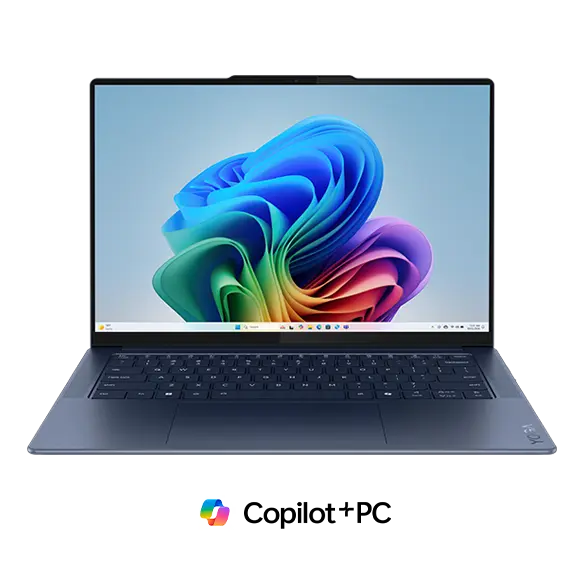I tried the new viral AI tool that turns your photos into blockbuster movie clips — here's how to do it
Turn yourself into an action star with this new trick
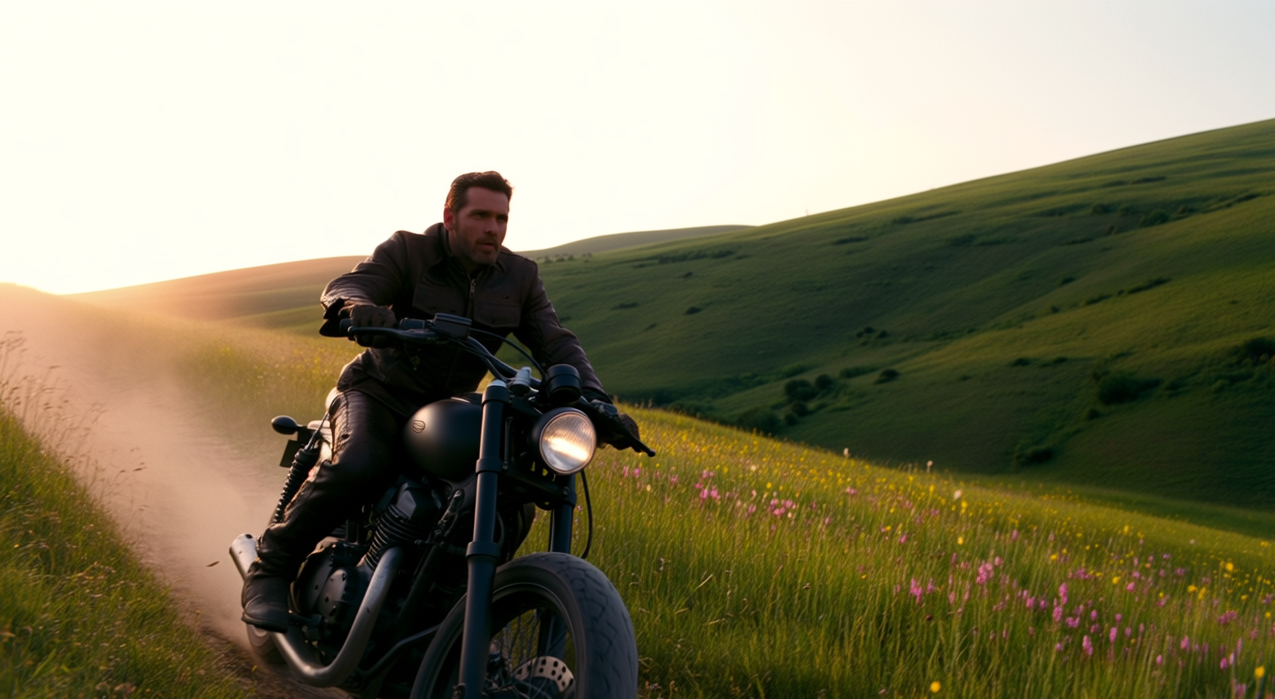
It seems fans of AI have discovered their new favorite tool. Over on X, users are making music videos, commercials and movie-quality videos, and all you need is a picture and some prompts.
This is all powered by Higgsfield – the latest AI tool to put the focus on video. It provides a long list of motion controls and camera movements, allowing you to turn your images into a video in this style.
For example, have the camera do a 360 loop around you from a still image of you standing on a cliff. Or a move-like zoom-in on your face, all from just a selfie.
This is combined with the ability to add prompts, which can be used to change how a person looks, make them dance, or adopt a scared look on their face.
Don’t want to be in it yourself? You can also start completely from scratch, writing a prompt to first create an image which can then be turned into a video.
Like most AI tools, the tip is to get creative with it.
How to use Higgsfield to make images
When you head over to Higgsfield, you’ll need to create an account. Once you’re in, there will be three separate tabs: explore, create and pricing. You can get about one or two prompts in before you’ll need to pay so use this time to test out the model.
Sign up to get the BEST of Tom's Guide direct to your inbox.
Get instant access to breaking news, the hottest reviews, great deals and helpful tips.
The explore tab shows off all of the different styles with some example video clips. Once you know what you want to create, head on over to the create tab.
If you’re starting completely from scratch with no images to use, start on the text to image option. In here, you can choose a visual style. For example, Super 8mm can replicate old-school film footage, and cinematic for that blockbuster film style.
Then, like most other AI tools, you’ll need to make a prompt. To get the image below, I typed “A man wearing a bright pink suit and carrying a suitcase is running toward the city. There are skyscrapers in the background.”
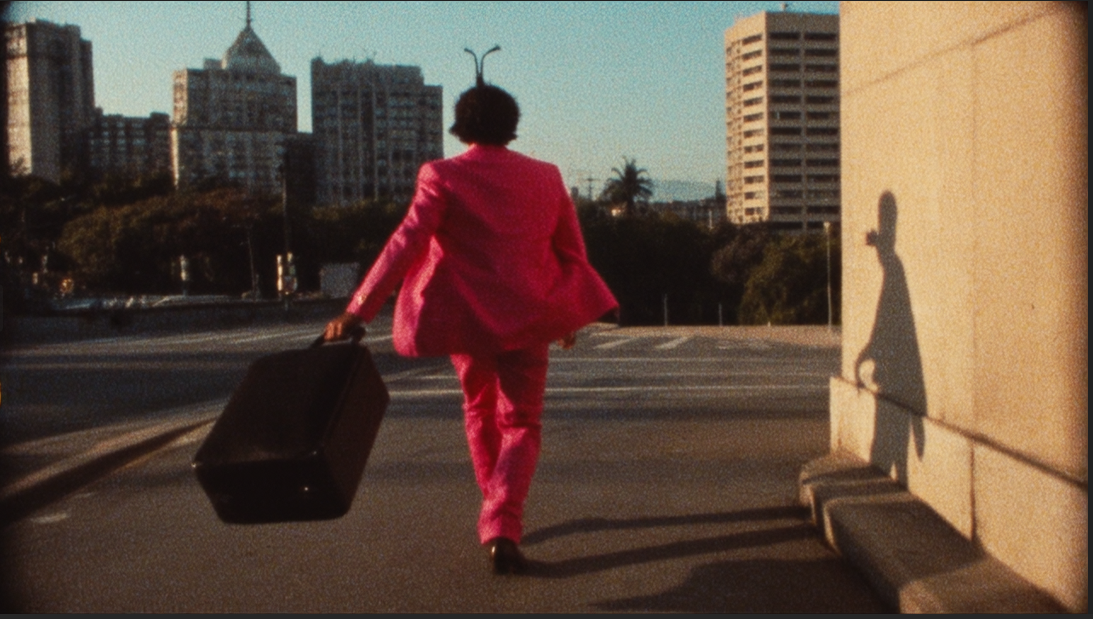
The final step is to choose an aspect ratio and generate your image.
How to turn images into videos with Higgsfield
The next step is to turn your image of choice into a video. Move over to the image to video button to do this.
In this section, there are three steps to go through: Choose your video move, upload the image, and add a prompt.
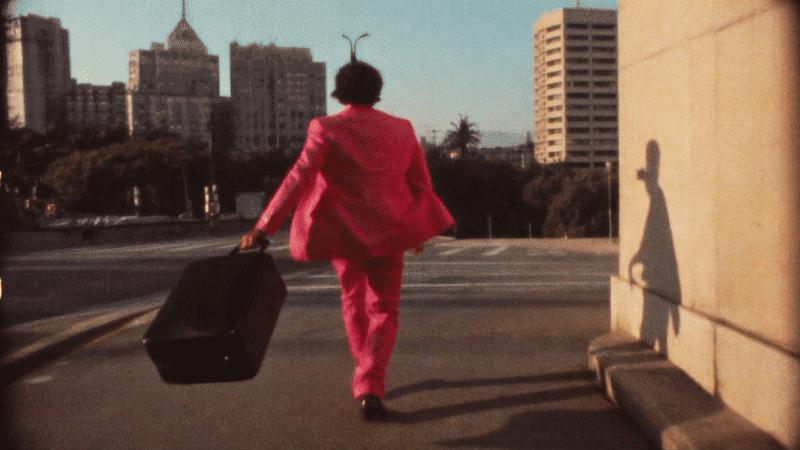
There are loads of video types to choose from with clips to show how they might look. Keep in mind that certain images will work better with certain camera styles.
For example, a close-up selfie might not work as well with explosions as there isn’t much room for the action.
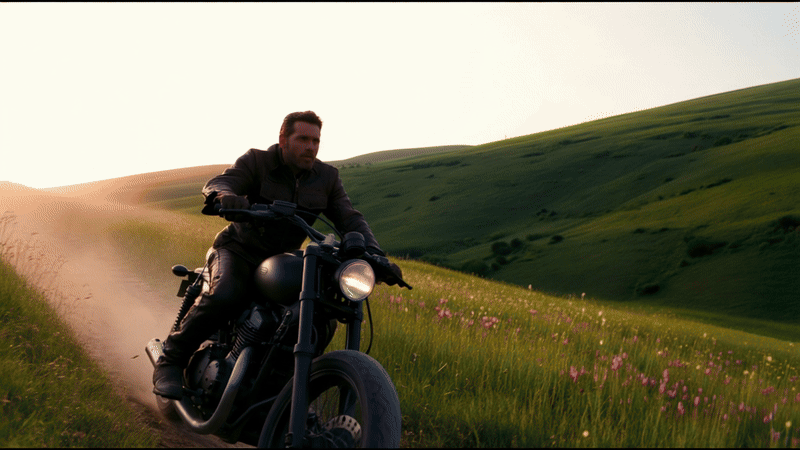
You can also add two camera angles together. For example, "car explosion and crash zoom-in" can make an explosion in the background of your image while also zooming in quickly.
Once you’ve picked an image and your choice of camera styles, the last step is to add a prompt. This can be left empty and kept simple or you can describe how you imagine the scene playing out. This is where you can let your creativity flow.
It can take a while to generate the clip but once it's done, you’ll be able to download your new video or re-do it if you’re not happy with the result.
More from Tom's Guide
- ChatGPT, Google Gemini and other AI models are using your data for training - here's how to stop it
- I tested ChatGPT-4.5 vs. Gemini Pro 2.5 with 5 prompts — and one crushed the other
- I used ChatGPT to create a spring cleaning schedule — here's how it went

Alex is the AI editor at TomsGuide. Dialed into all things artificial intelligence in the world right now, he knows the best chatbots, the weirdest AI image generators, and the ins and outs of one of tech’s biggest topics.
Before joining the Tom’s Guide team, Alex worked for the brands TechRadar and BBC Science Focus.
In his time as a journalist, he has covered the latest in AI and robotics, broadband deals, the potential for alien life, the science of being slapped, and just about everything in between.
Alex aims to make the complicated uncomplicated, cutting out the complexities to focus on what is exciting.
When he’s not trying to wrap his head around the latest AI whitepaper, Alex pretends to be a capable runner, cook, and climber.
You must confirm your public display name before commenting
Please logout and then login again, you will then be prompted to enter your display name.


